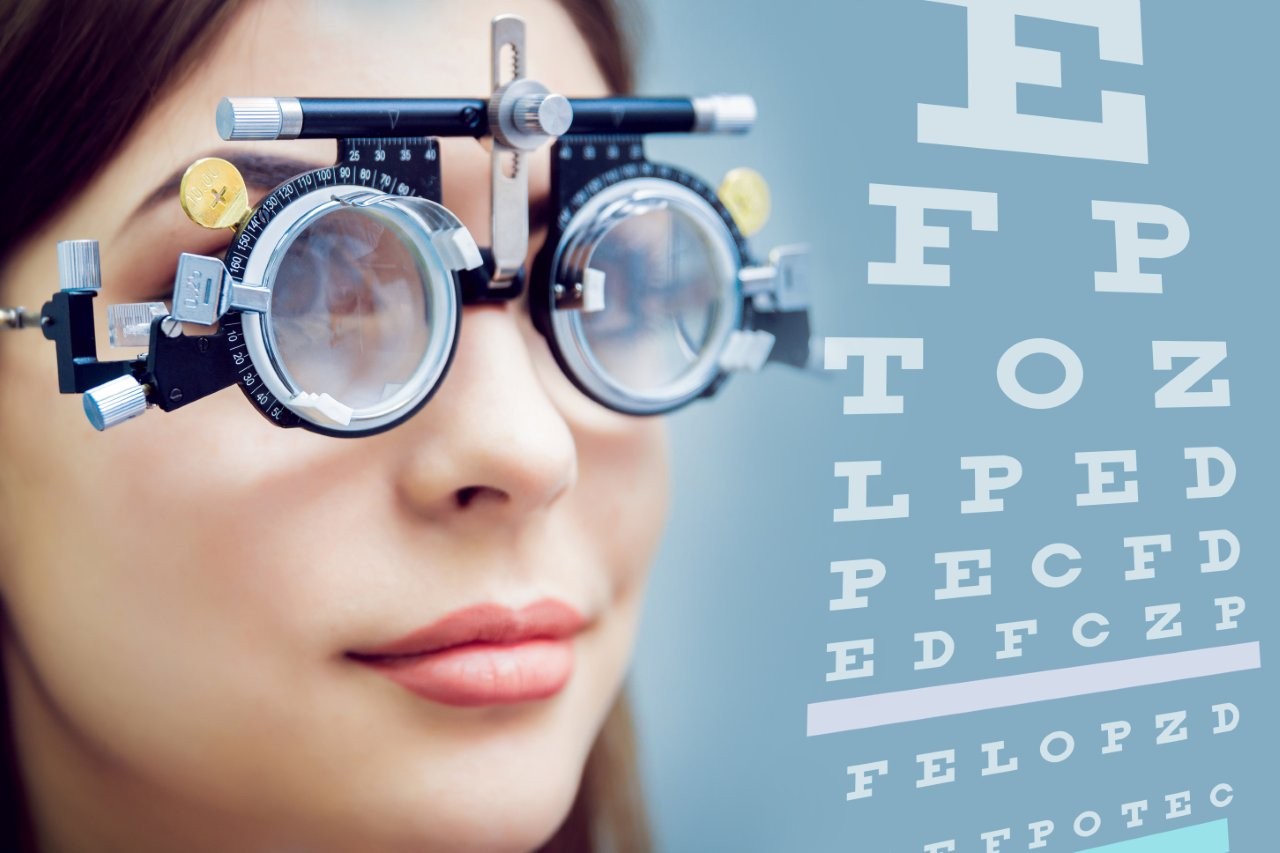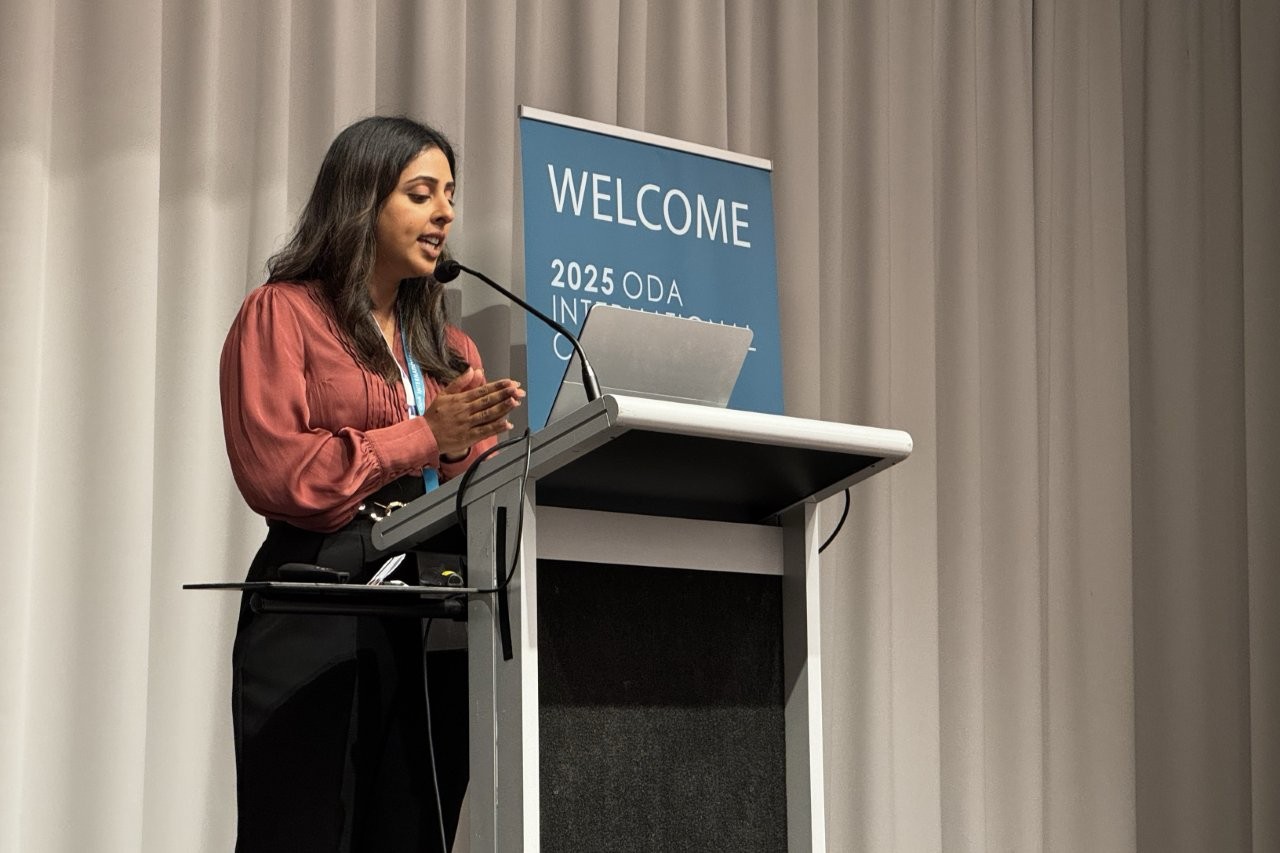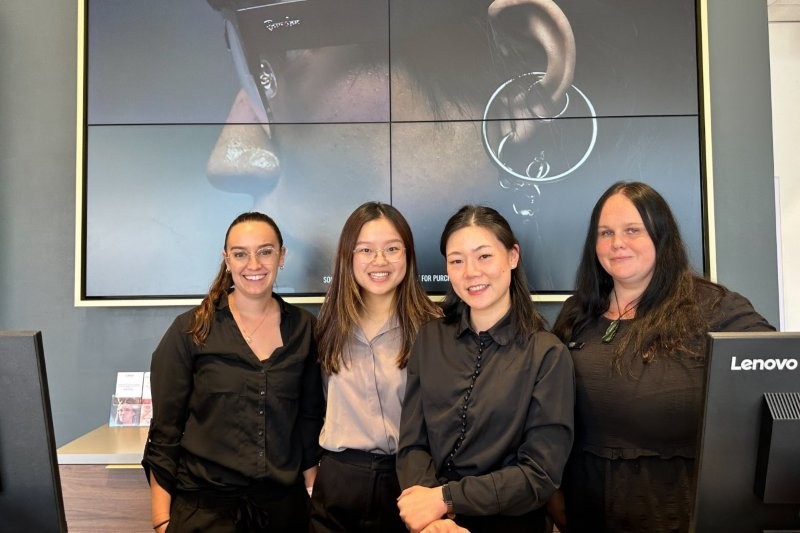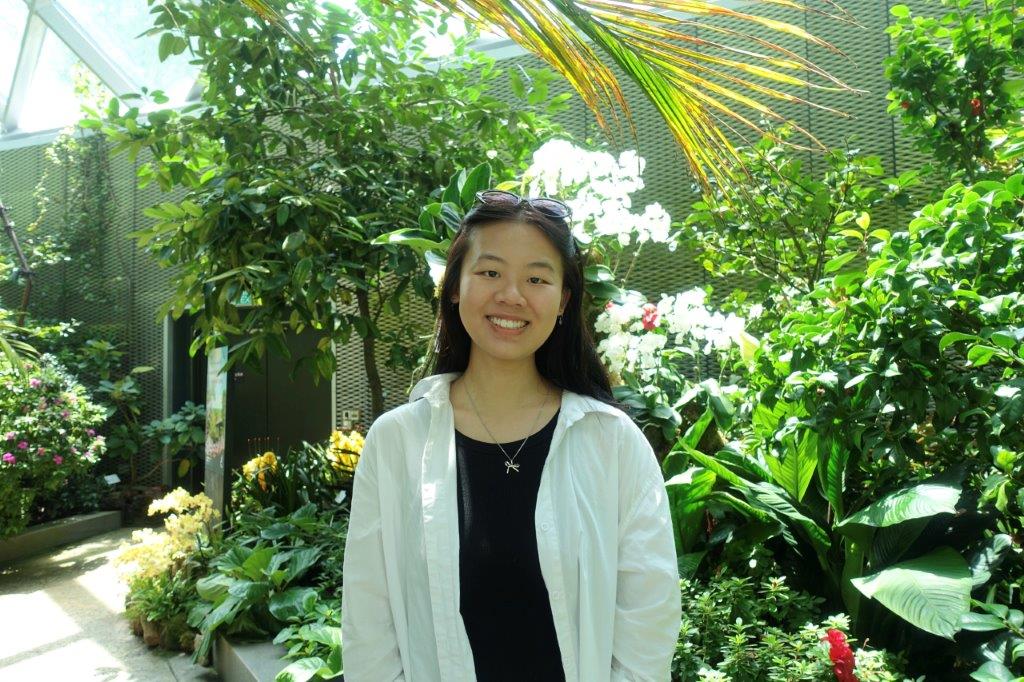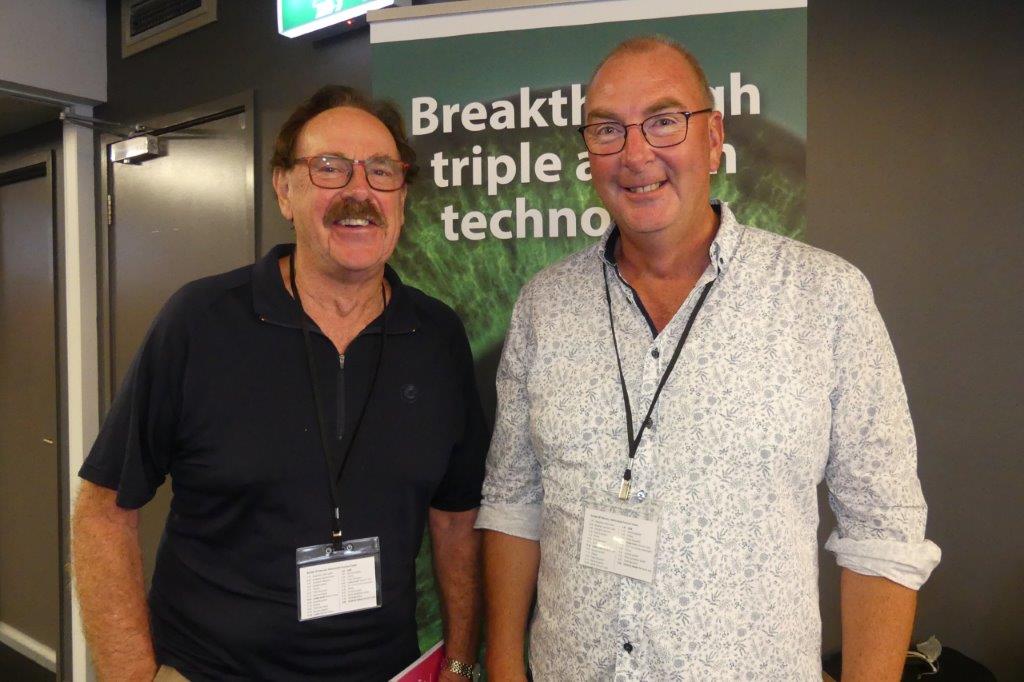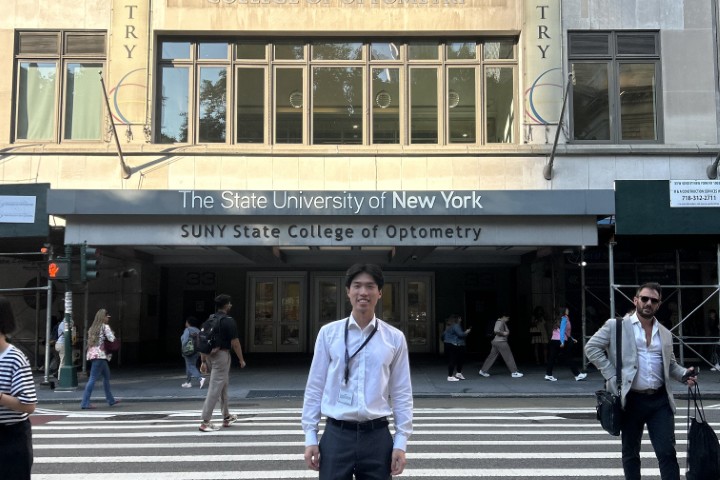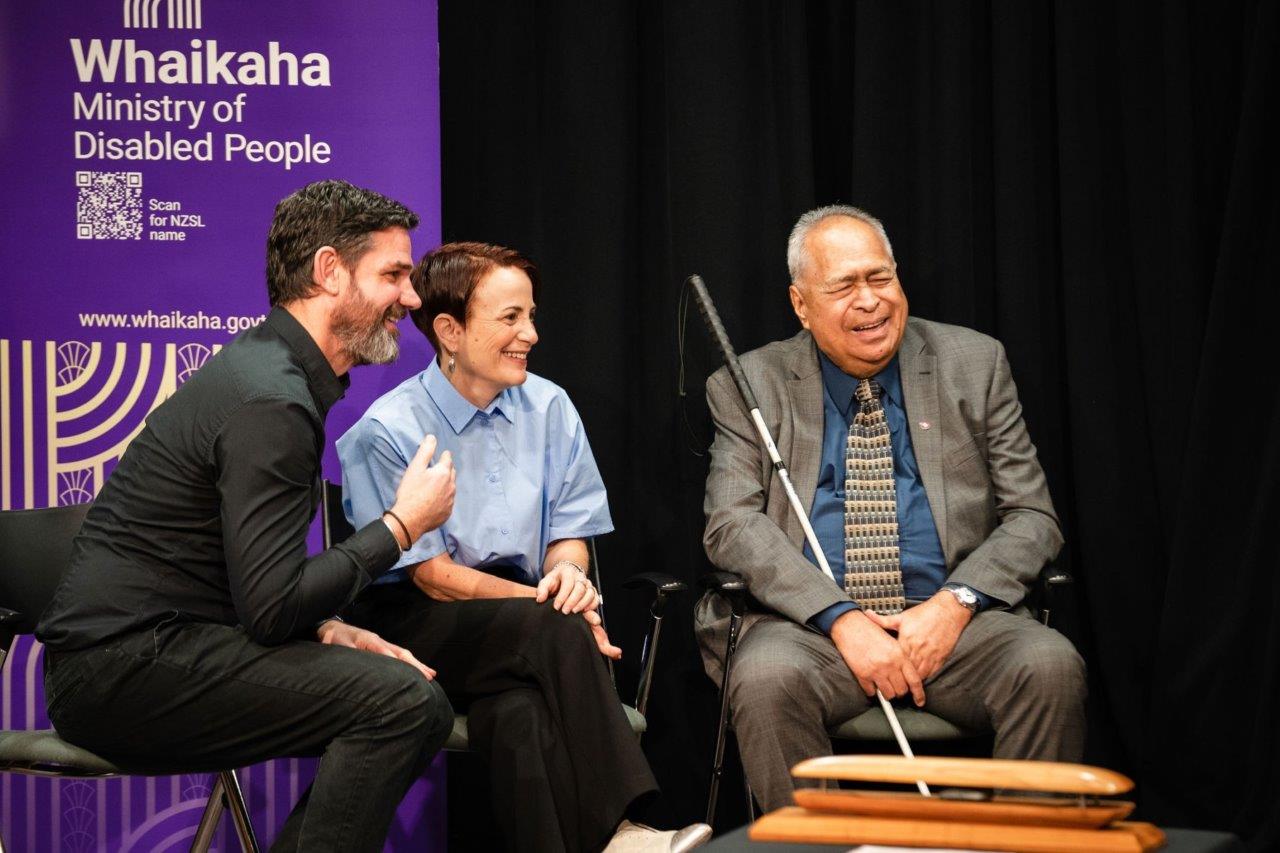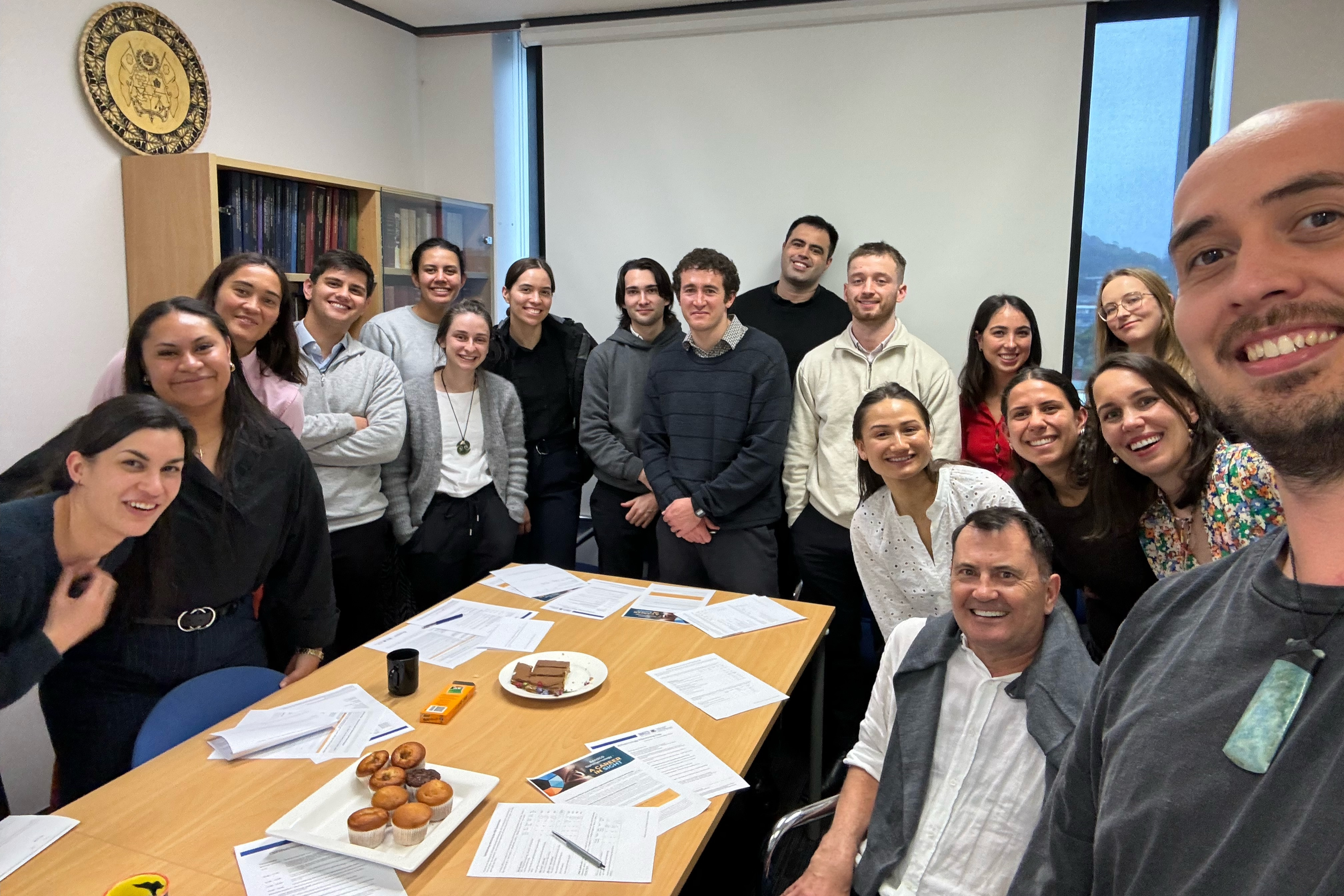Dispensing Matters: Helping low vision patients
Historically, referrals to Blind Low Vision New Zealand (BLVNZ) have mainly been made by ophthalmologists and optometrists when a patient’s vision reached the qualifying threshold of 6/24 or 20⁰ of vision in the best corrected eye. However, at its AGM in November 2020, the membership of BLVNZ voted to add the following criteria by which a person can be referred to it for services:
“A person who, in the opinion of a registered optometrist, ophthalmologist, dispensing optician, orthoptist or general medical practitioner, is unsafe or distressed due to being functionally blind or non-functionally sighted, finding it difficult to: read and write or visually identify familiar objects; carry out familiar tasks; or manoeuvre on their own without a blindness mobility aid.”
These ‘functional blindness’ referrals will be assessed by BLVNZ’s staff and will result in the individual being accepted for full membership services of the organisation or being accepted for limited services but not membership. Limited services range from advice and information to an assessment by a primary service provider (PSP) to see if help with low vision aids, mobility training, in-house modifications, daily living training or technology training might be useful. BLVNZ aims to provide its clients with the support and skills they need early in their vision-loss journey so that they can make the most of their residual vision and continue to live the life they choose.
While BLVNZ has broadened the criteria allowing patient referral, I’d like to add that we should be sensible and realistic about who we refer. If someone is panicking because they have been told they have mild cataracts but still have 6/9 N8 vision, then realistically, that would not warrant a referral. If an elderly person with inoperable cataracts had 6/18 N24 and was having difficulty seeing things like the dial on their cooker or was becoming increasingly less confident about walking around unfamiliar locations, then that would warrant a referral.
While BLVNZ has increased its service offerings to more people with less severe sight loss, there are still many struggling with the beginnings of vision loss who are left for eyecare professionals to deal with. This article aims to give some pointers on simple ways in which you might be able to help.
In-practice tips
As optometrists often have full appointment books, it frequently falls upon dispensing opticians (DOs) to offer some form of low vision aid (LVA) or practical advice and there are some simple ways you can help a patient within your practice experiencing early vision loss:
• At check-ups, make it a habit to put a clear note on a patient’s file if they are a low vision patient or if they’re registered with BLVNZ
• Instead of writing an appointment card in pen, have a thick-tipped black marker available at the desk and write in large letters. This small courtesy is often appreciated, as is asking if they would prefer a reminder call the day before or on the day of the appointment
• If your practice provides hot drinks for patients, put black tea and coffee in a white cup and white tea and coffee in a black cup so that they can see the level of the drink more clearly. This is also a good tip for them to use at home
• If you have practice information booklets, ensure you have large-print versions available

Hot drink helpful at home and in practice tip
When dealing with a low-vision patient, remember that magnification is not always useful. If, for example, a patient has just a few degrees of central vision remaining, then, magnifying what they can see through that few degrees will actually mean they can see less off it! So sometimes making it as clear as possible, with best corrective spectacles and good lighting, is the way to go. Incredibly, some more complex magnifiers often come with instruction booklets written in normal or even small print! So it’s worth having these blown up on A4 sheets in advance to help with the dispensing process.
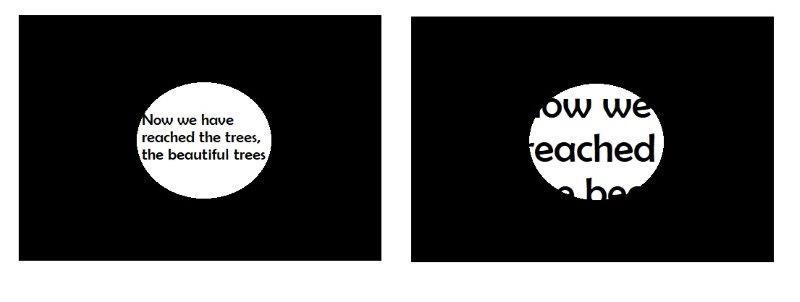
Magnification is not always the way to go with low vision patients
When looking at a patient’s visual field result, if they have only good field results, say, in the upper temporal quadrant of one eye, then there’s no point dispensing a progressive addition lens (PAL) or bifocal lens as they have no useful vision in the area of the lens you want them to read through. In this case, single vision reading lenses (in conjunction with an LVA, if required) will be the most functional solution. If you don’t have visual fields available, engage the patient in conversation for a little while and you may notice that they are favouring a particular head posture to look at you, which may indicate where their best vision is achieved.
Patients with age-related macular degeneration (AMD) or retinitis pigmentosa (RP)may have quite patchy vision that is different in each eye. This can cause confusion when the brain tries to combine these two different images, and the patient may say they find it easier to close one eye to read. However, closing one eye for any length of time is uncomfortable. The best solution here is to get a patch kit and fit the patient with a patch that occludes one eye while allowing them to keep both eyes open.
Understanding your patient
For your patient, losing their eyesight is like losing a limb and they will experience grief. The more gradual the loss, usually the less severe this will be, with sudden-onset visual loss being more of a shock. Put yourself in their shoes for a moment; imagine the optometrist has told you that you have the start of AMD and you’re being referred to the hospital for assessment and treatment. What is going through your mind? ‘Am I going to go blind?’, ‘How quickly will this happen?’ and ‘How am I going to cope if I can’t drive?’ are questions you’d be asking yourself.
Be supportive and empathetic, but also be encouraging. They will be going through some or all of the different stages of grief – shock and denial, pain and guilt, anger and bargaining, depression, or acceptance and hope – and how you counsel them and the help you offer will depend on where they are on their journey. For example, there is probably no point trying to dispense an LVA to someone in the denial phase, so it might be better to schedule an appointment for them to come back and see you in a couple of weeks. Or if their vision loss is at the point of functional blindness, then suggest a referral to BLVNZ. Again, this might be initially dismissed, as they may not like the label they feel the referral attaches to them. So gently touch base further down the track and have information available to take away (in large-print format) that includes contact information for yourself, BLVNZ and other support organisations such as Blindsided NZ.
In conclusion
I hope some of these tips have been helpful. I would encourage you all to take an interest in LVAs and low vision. It doesn’t always represent a huge financial gain to the practice, but it can be incredibly rewarding and uplifting to help someone with low vision to continue to live the life they choose to live, and sometimes you will gain the business of their entire family.
Referral information and an online form can be found at: https://blindlowvision.org.nz/referral

John Billings is on the Royal New Zealand Foundation of the Blind’s board of directors and a dispensing optician at Wellington’s Andrew Black Optometrists, a practice that specialises in LVAs and low vision. He has previously been a member of the Health Practitioners Disciplinary Tribunal, a councillor of ADONZ and an ODOB board member. He will talk in more detail about caring for low vision patients at ADONZ’s conference in Queenstown in October.









